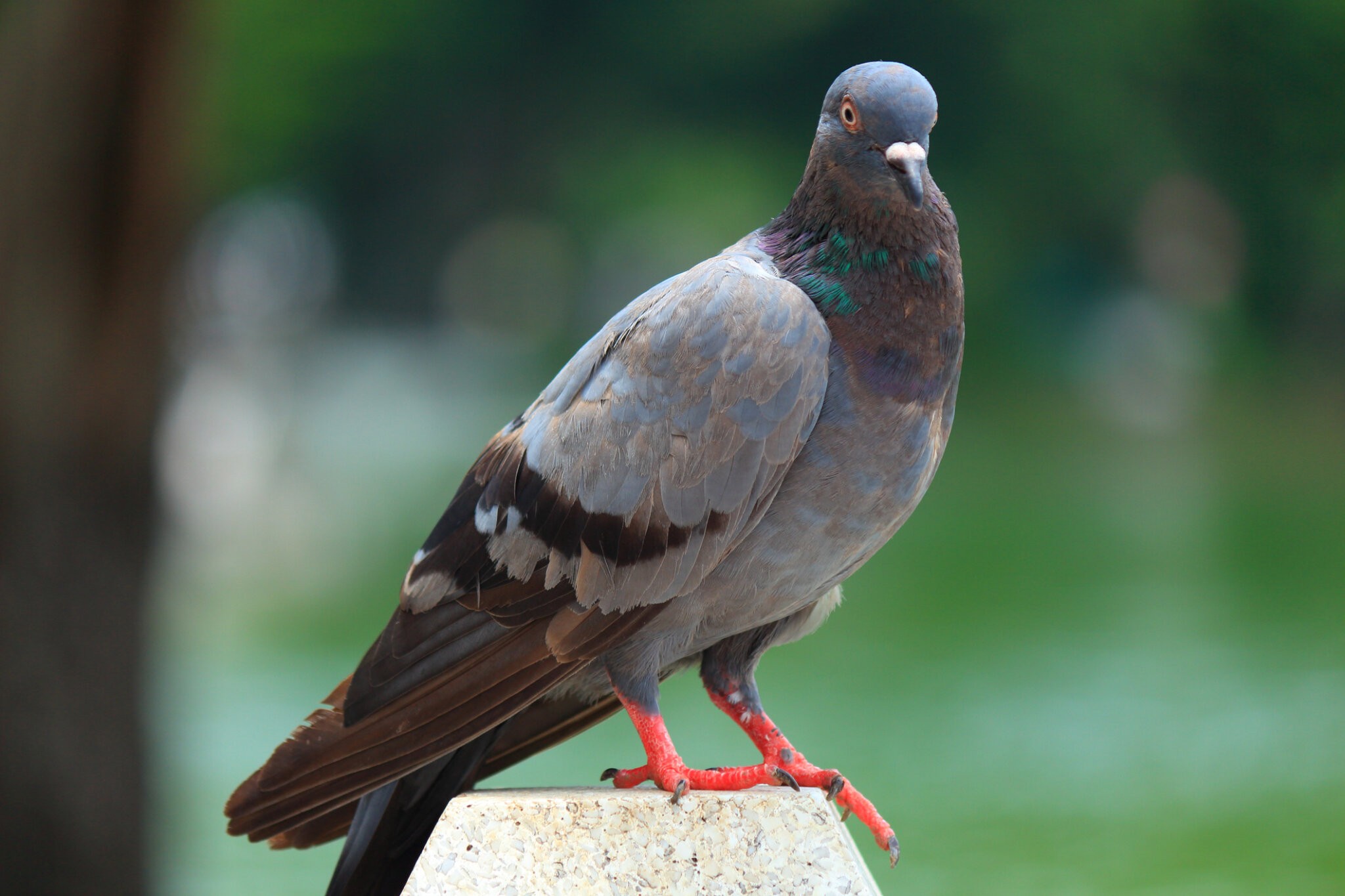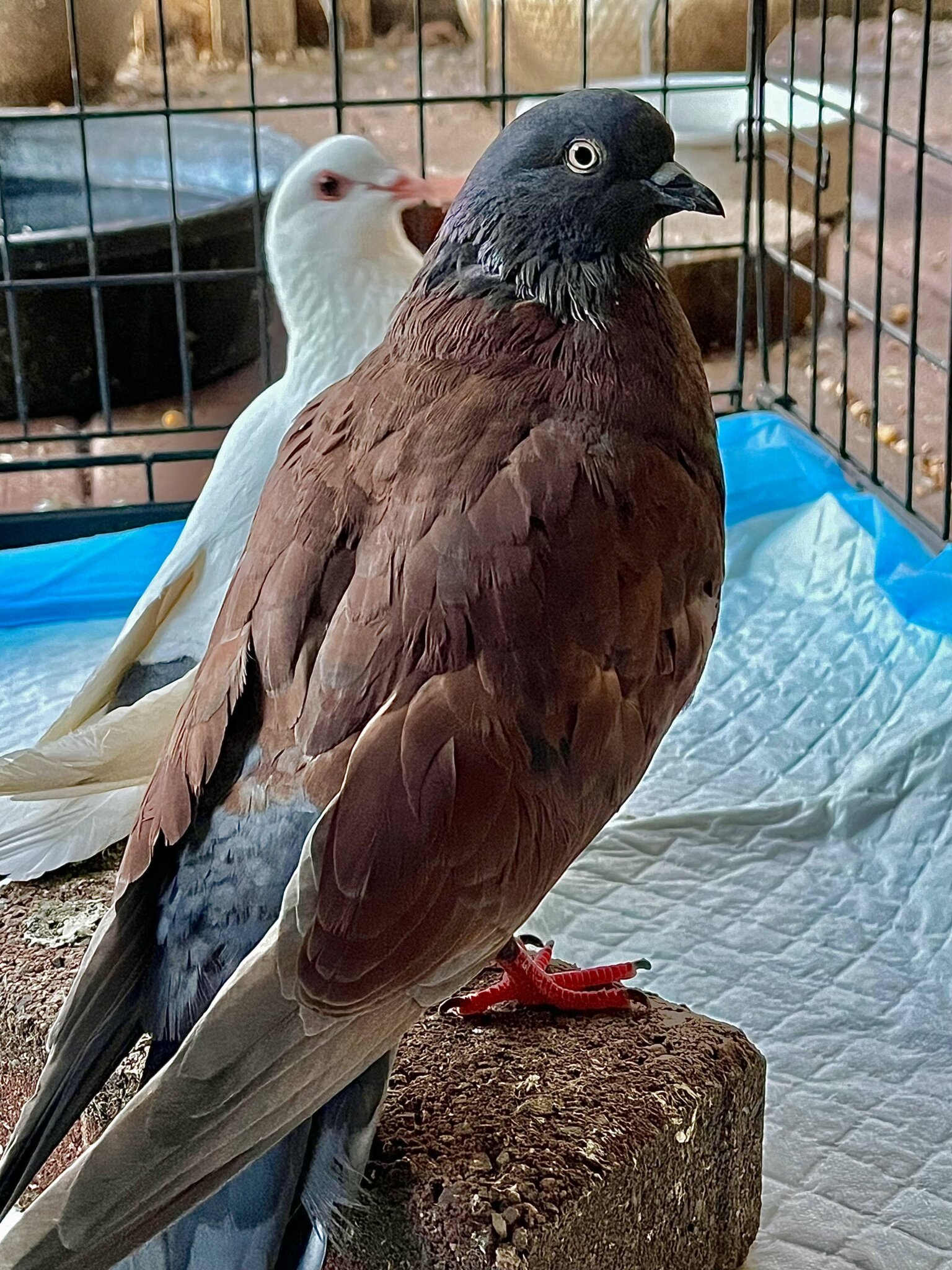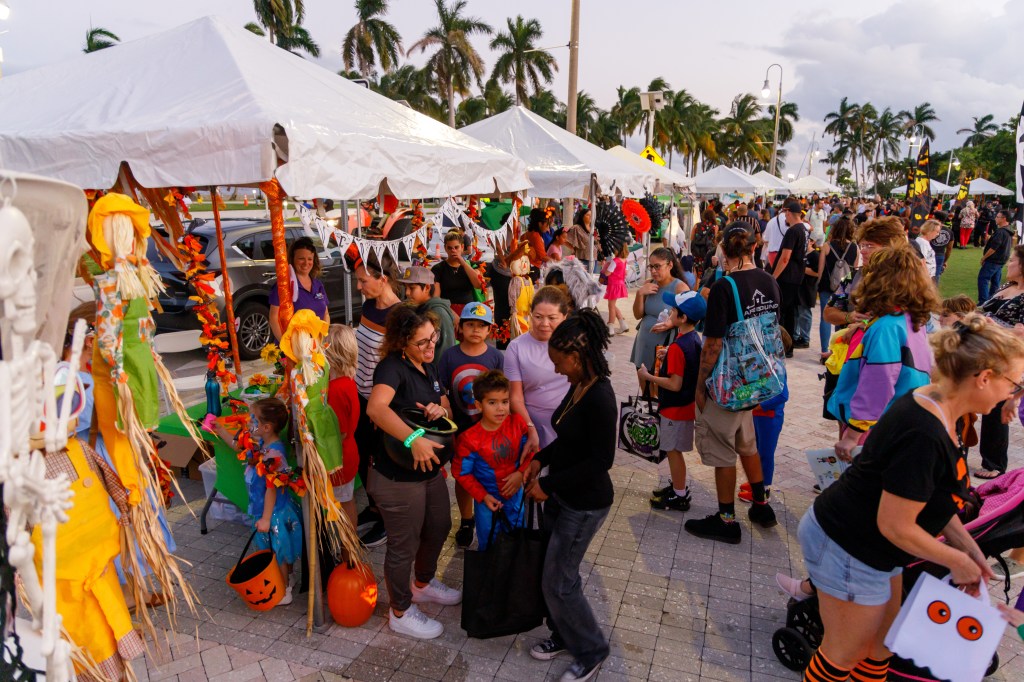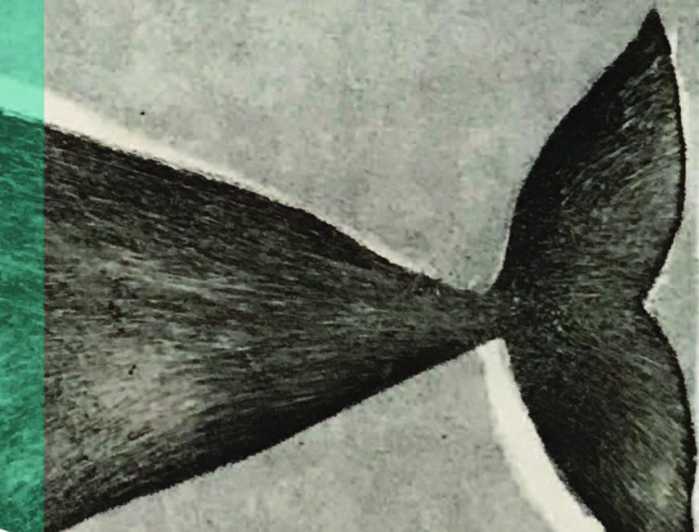Pigeons Soar in Popularity as the New Hottest Bird to Adopt – Now at Evelyn Alexander Wildlife Rescue

Despite being the world’s oldest domesticated bird, first appearing 10,000 years ago, the reputation of pigeons has fallen, and nowadays they are even considered pests. Yet these remarkable birds do not deserve the title they’ve been given, especially since their abundance is our fault, because when the need for carrier pigeons fell, the birds continued to breed without restriction.
It was only recently that people began to stop going to Petco for parrots, and started adopting pigeons instead. Animal refuges like the Evelyn Alexander (EA) Wildlife Rescue Center are some of the many places where pigeons are up for adoption, but these pigeons are not just being plucked out of the sky and sold. Senior Animal Care Technician Jessica Chiarello, who oversees pigeon adoption for the EA Wildlife Center, explains how the EA Wildlife Center has contributed to the rise in pigeon adoption.
Taking in at least a few dozen pigeons a year, the EA Wildlife Center receives abandoned or lost pigeons with injuries including internal and external parasites, leg injuries, wounds from predators and paralysis. Certain pigeons can also be found with lead poisoning from construction, trash, pipes or others. When received, pigeons are then classified under two labels: feral versus domesticated, a behavioral classification; and rock versus fancy, a species classification.
Feral pigeons are pigeons born and raised in the wild, such as your classic New York City rock pigeon. In cases where pigeons come in feral, they are labeled for rehabilitation and release, and returned to the wild. Employees will only ever release pigeons in flocks, as pigeons can only survive with other pigeons. Since feral pigeons are not domesticated, they cannot be put up for adoption unless they have disabilities that render them unreleasable.
Rock pigeons and fancy pigeons are specified classifications. Rock pigeons are your gray pigeons, often decorated with a purple iridescence on their feathers. Fancy pigeons, on the other hand, can look like absolutely anything, from Ice Pigeons, with long feathers surrounding their feet, to Brunner Pouters, with extremely long legs and a puffed out chest. The diversity and breeding of fancy pigeons only leads to more species being created all the time. Not all pigeons, though, are either rock or fancy. These pigeons will interbreed and create a spectrum of the two labels.
Most rock pigeons are feral, while most fancy pigeons are domesticated. Pigeons that reside in the spectrum of rock and fancy can be released if they lived in the wild prior to arriving at the wildlife center. Fancy pigeons, on the other hand, have a much sadder story to tell.
Fancy pigeons usually end up at the EA Wildlife Center because they are injured, or simply lost. Most fancy pigeons come from aviary lofts, or the sport of pigeon racing, both of which are usually inhumane.
Aviary pigeon lofts are lofts dedicated to pigeon containment, often holding as many as 200 pigeons at a time. These lofts are often abusive, crowded, unclean and extremely unsuitable for pigeons. Many of these loft owners believe in “flying” pigeons, in which they release their pigeons in flocks, and due to their natural homing instincts, the pigeons return back and get a lot of fly time.
While this might seem fine at first, these lofts end up releasing these domesticated pigeons into the wild, as some don’t return back to the loft with the rest, or simply escape, ending up at the wildlife center.

The same thing occurs with pigeon racing. Despite being a dying sport, racing pigeons are still around, and still popular. Companies or individuals will race fancy (or rock) pigeons, and once again, these pigeons will become confused, stranded in the wild and not return home. Racing companies even refuse to take back lost pigeons, as once the pigeon escapes, it no longer earns them money and is deemed useless.
The real problem with this is that domesticated, fancy pigeons are not suited to living in the wild. Fancy pigeons are what French bulldogs are to carnines, only bred over and over again to exaggerate certain features. Fancy pigeons often have miniscule beaks and disproportionately large heads, which is a disadvantage in the wild and thus impractical for survival. These birds are starved or injured by predators, such as falcons and hawks, or foxes and racoons, and thus end up at the EA Wildlife Center, confused, hurt and thin.
The EA Wildlife Center has since learned how to find the perfect homes for their domesticated or disabled pigeons after rehabilitation, and they are very specific. Pigeons are social creatures, they are inquisitive and even have relationships, which is why the wildlife center adopts pigeons out to places with other pigeons, such as ethical pigeon lofts. For example, a woman from Selden built her own predator-proof, indoor and outdoor loft, and to keep it humane, will only allow 10 pigeons in it to maximize the space.
The center sent her a 10th pigeon, and now all 10 pigeons have a partner. Because they are uncommon, the wildlife center will adopt out to ethical lofts out of state, to make sure the pigeon is going to the right home. Even EA Wildlife Center employees will take on the responsibility of adopting a pigeon in need, such as one of their recent adoptions. A pigeon who was tossed out of its loft and abandoned was found with a wing so mutilated, the wildlife center was forced to amputate it.
Despite her struggle, one of the employees adopted her and now she lives like a princess, and this was not the only pigeon who now lives a wonderful life in a new, humane home. Recently, the wildlife center adopted out a male and female couple to a loft in Coram. A pigeon with leg paralysis now lives with a wonderful family in Vermont with another bird. Lenny, a male rock pigeon, was adopted out to Gardiner, New York, to be with his girlfriend, Six, a fancy pigeon.
Wildlife employee Rose rescued a pigeon from the Stewart Manor Long Island Rail Road station and it now lives in Connecticut, married to another pigeon. Tony and Meatball, two rock pigeons, got married at the wildlife center during their rehabilitation and now live with a lovely woman in Syracuse. Kooky, a non-flighted rock pigeon, was adopted out to a woman and got married to another non-flighted fancy pigeon named Lucas.
The EA Wildlife Center is still not done. Five pigeons are currently up for adoption. Two of these pigeons have disabilities, two are unable to fly due to old shoulder injuries and one has paralysis and is also non-flighted. These pigeons are looking for safe, humane homes to flourish and be loved.
The Evelyn Alexander Wildlife Rescue Center, a 501(c)(3) not-for-profit organization, depends on donations from the local community, businesses and visitors, to continue rescuing and rehabilitating Long Island’s wildlife year-round. Dedicated to reducing the threatening impact of humans on wildlife, the refuge can only function with your help.
The center is located at 228 West Montauk Highway, Hampton Bays. It can be reached at 631-728-4200, and animal emergencies can be reported at 631-728-WILD (9453). The center is open 9 a.m.–5 p.m. seven days weekly. Visit wildliferescuecenter.org for info.










